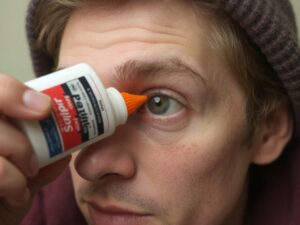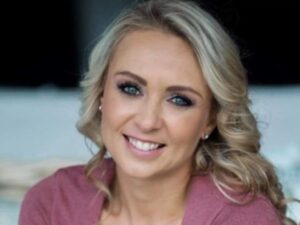The Rainbow Nation or the new South Africa – both terms we’ve become accustomed to hearing overseas media use when referring to our history post-1994.
When it comes to talking about Pretoria it’s usually a less reconciliatory tone, the city’s name alone conjuring up images of a time when South Africa was under the grip of the apartheid government.
With that in mind the CNN piece titled ‘City of change: Exploring new South Africa in old Pretoria’ makes for interesting reading, the author shown around the city by a local named Jaco.
We’ll set the scene, because it is a lengthy read, just to get the ball rolling:
Gold — the real rather than the metaphorical stuff — is the blessing and the bane of South Africa.
It’s blamed for the 1899-1902 Anglo-Boer War, the fallout from which swept away geographical boundaries and culminated in apartheid.
Efforts to undo the damage from decades of division shape the Pretoria of today, where a conscious effort is underway to combine the black and white heritage of the city.

The restoration of the area’s ties to pre-imperialist leaders like Tshwane, an 18th-century chief who gives his name to the surrounding region, is a prime example of that effort.
A statue of Tshwane, erected in 2006, stands in front of the city’s town hall, behind monuments of Andries Pretorius and his son Marthinus, the two leaders of Dutch descent who founded the city and bequeathed it their name.
The mix of statues underlines the city’s current attempt in blending of black and white history. Previously the city was closely associated only with the Afrikaners who descended from European settlers.
And a little more on the changes the city has seen:
The classic revival Union Buildings, the offices of South Africa’s president, are a case in point.
Designed by Herbert Baker in 1911, they represent the most graceful and coherent architectural complex in the country.

The statue of General J.B.M. Hertzog, an Afrikaner nationalist, which stood on the main stairway was removed to a remote corner of the gardens in November 2013.
It made way for a giant sculpture of Mandela that draws crowds like Herzog never did.





